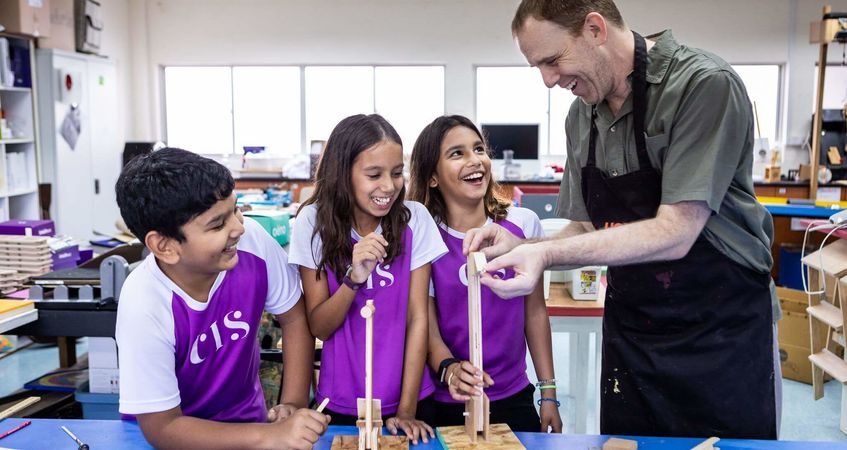The world would need more problem-solvers and innovators if we were to address pertinent issues plaguing the earth, like climate change, health pandemics, and poverty. Being knowledgeable in one field is no longer enough – the up-and-coming generation needs to be well-equipped with interdisciplinary knowledge, critical minds, and collaborative spirits.
This is a belief agreed upon by educators and leaders worldwide. In his speech in 2015 at the opening of Singapore’s fourth university, SUTD, Singapore’s Prime Minister Lee Hsien Loong was noted as highlighting the importance of skills across science, technology, engineering, and mathematics (STEM) in the future development of Singapore’s city – for the realisation of greener towns, more well-connected transport systems, and creating solutions to counter space and resources constraints. Even if we were to set our eyes beyond Singapore’s shores – these are similar issues countries worldwide face.
STEAM: Picking up steam in education
It seems that the answer is to have more students choosing STEM specialisations. But at least one teacher found an issue with this – what about the role of the arts? Even in all the things PM Lee mentioned, design and creativity cannot be absent. With this line of thinking, Georgette Yakman, an engineering and technology teacher, developed the STEAM framework in 2007, incorporating arts into STEM, as an educational approach.
STEAM education is now popular around the globe and used as a teaching framework in schools worldwide. At least 25 countries have teachers who are formally trained in STEAM education, and it is likely that more so have adopted the ideology in their own ways.
CIS’ take on STEAM education
Right here in Singapore, we have the Canadian International School (CIS) as one of the early adopters of STEAM education in an international school setting. Through an inquiry-based and student-centred approach, STEAM education in CIS sees students through hands-on projects and collaborative learning to integrate skills across the STEAM subjects.
Students are encouraged to think creatively to invent solutions to problems, exploring and learning independently to achieve their project goals. The school also has no lack of infrastructure to facilitate the students’ explorations. STEAM makerspaces, which are part lab, part shop, part conference room, are dedicated areas for students to bring their ideas to life, with the use of equipment such as wood-making machines, 3D printers, and more.
One thing is different at CIS, though – in CIS, the ‘E’ in STEAM stands for something else. Instead of engineering, entrepreneurship is another skill that CIS adds to the mix. Encouraging students to incorporate business-minded thinking into their projects, the school presents opportunities for students to showcase their work on various platforms like school-wide fairs, self-initiated programmes, and more.
At CIS, students embark on STEAM learning through makerspaces from their years in the Primary Years Programme (PYP), and continue to engage with STEAM through course work at the secondary school level. All of this is encompassed within the IB education framework, which gears students towards taking the IB diploma at the end of their international high school journey.
STEAM for your child’s education
Recognising the importance of STEAM is just one part of the equation. To fully sow the seeds of this revolutionary educational framework, parents need to jump on the bandwagon to let their kids experience STEAM education. Many international schools in Singapore use STEAM education to market their programmes, but not all of them carry out STEAM education in the same way. The best way to know is to check them out yourself – take a school tour and enquire about their programmes – for the best education is one that works for you and your child.




